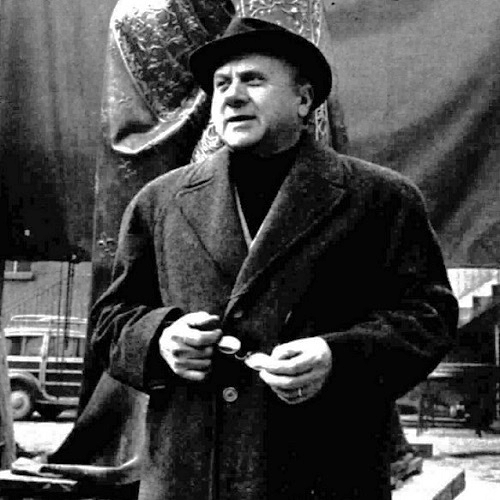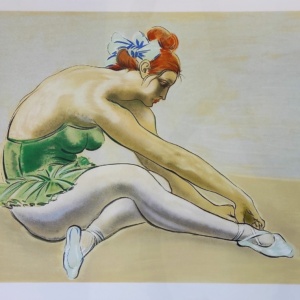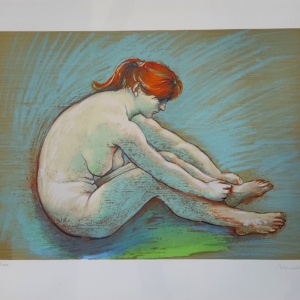Messina Francesco

ART PRINTS
ARTISTS
Francesco Messina was born in 1900 in Linguaglossa in the province of Catania. While still very young, he moved to Genoa, where he attended school and was soon initiated into a career as an apprentice at a marble-working workshop. Forced to work because of his family’s destitute economic condition, he spent his teenage years dividing his time between
work and drawing classes at night school, where he showed extraordinary talent.
His art, simultaneously pictorial and sculptural, underwent the important influence of aesthetic lyricism and poetry following his acquaintance with great masters such as Filippo De Pisis, Camillo Sbarbaro and Eugenio Montale. The 1920s brought important feedback and recognition; his artistic language, now refined, personal and effective, opened the doors for him at important events such as the Naples Biennale, the Rome Biennale and the Venice Biennale. In the 1930s he faced difficulties and changes; moving to Milan he obtained the chair of sculpture at the Accademia di Brera of which, two years later, he became director.
Messina’s exhibition activity did not stop even during the war period and continued flourishing in the following decades, during which he also exhibited in Buenos Aires and on Russian soil at the Puskin Museum in Moscow and the Hermitage in Leningrad.
Although his stylistic cipher evolved over time, he always remained faithful to his iconic subjects (horses and female nudes), ensuring an effective recognizability that, coupled with his innate talent, allowed him to distinguish himself as one of the greatest exponents of twentieth-century figurative sculpture.
He died in Milan in 1995.




